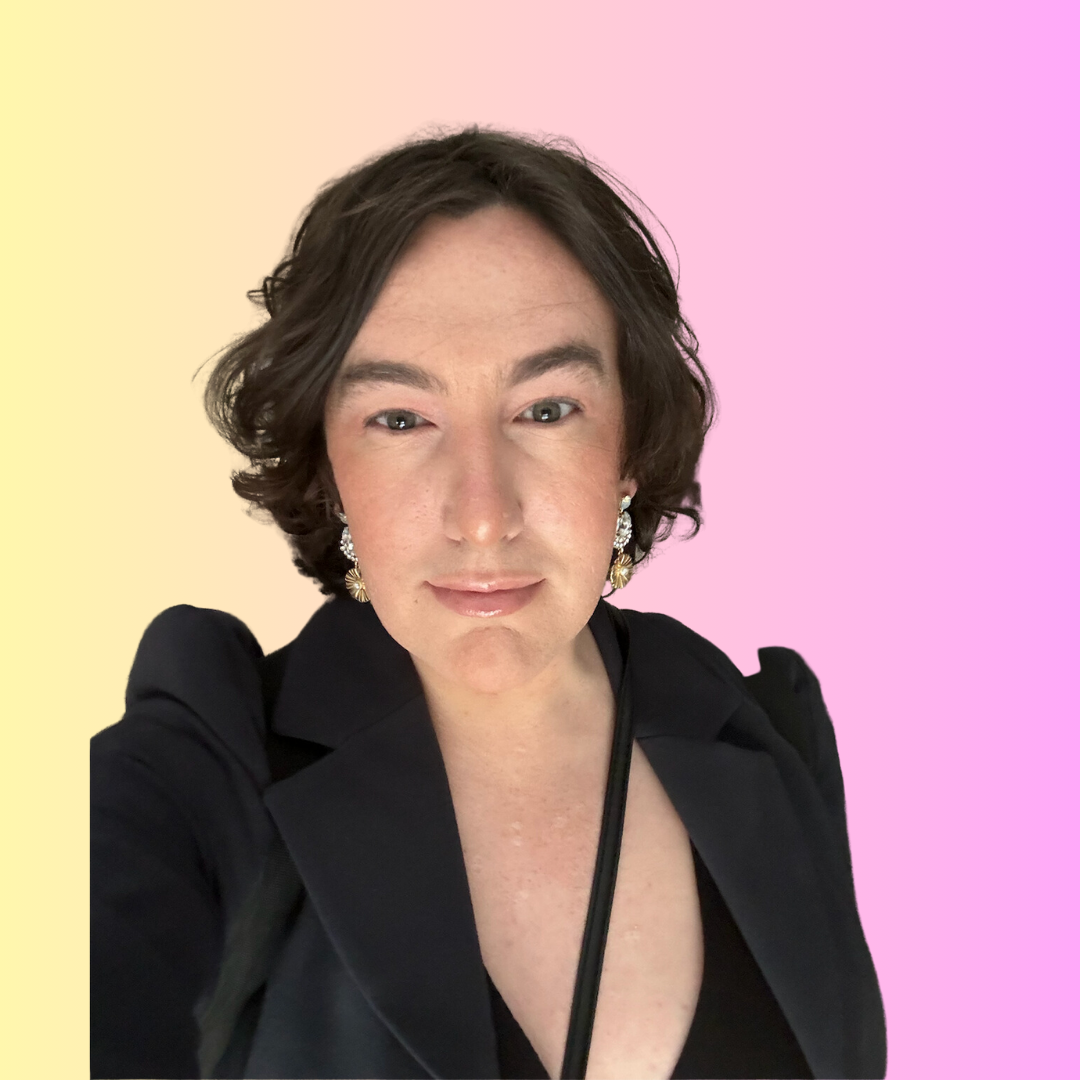How to turn your travel experiences into your dream job
Do you spend every spare penny exploring new places? Are you happiest living out of a suitcase or backpack? Are you planning your next adventure right now (when, let’s be honest, you probably should be doing something else)?
What if we told you you can turn your love of travel into a bona fide job?
Travel designers, travel concierges, travel advisors, travel specialists, travel consultants, destination experts, product managers – these people are literally paid to have wanderlust. To dream up and plan, to the minutest detail, epic trips for clients. And even, believe it or not, to test out said epic trips before they sell them.
What’s more, Brexit and COVID (booo, hisss) saw a whole bunch of people leave the travel industry, which means we’re actively recruiting for out-of-industry candidates to fill these roles. All you need is some sh*t-hot transferable skills and a proven undying passion for all things travel.
How do you prove such a thing, you may ask? That’s where a ‘travel profile’ comes in. If you’ve already spoken to any of the Lightning team about applying for a role, the chances are you will have been asked for this. If you’re thinking about applying for a role, you guessed it: you’ll be asked for this. So, what the eff is a travel profile and how do you make one?
Read on for our top tips on how to create a great travel profile that can help turn your travel experiences into your dream job.
-
Don’t just list destinations: tell a story.
Hiring managers don’t just want to know you’ve clocked up a load of air miles, and they certainly don’t need to be sold on any destinations (they probs already know them like the backs of their hands). They want to understand how you travel.
Sure, you should show off the variety of places you’ve been to. But, more importantly, where do you get your travel inspo? (And don’t just say Insta – they’re looking for travellers who forge their own path, rather than following trends.) How do you really get under the skin of a destination? What’s really important to you when you travel? What are some of your fondest travel memories, and why?
Remember: part of your job as a travel designer (or any variation on that title) might be to convince clients they’re going to love a destination – and, more importantly, the experiences you’ve planned for them there. Being a great storyteller will help you no end.
-
Tailor your story to the role.
Applying for a role in the luxury sector? If you’ve been lucky enough to stay in luxury hotels or experience luxury travel, be sure to highlight those trips. But even if you haven’t, try to demonstrate awareness. What’s on your bucket list? Which hotels have you nipped into for a drink, because you can’t afford the rack rate but desperately wanted to see inside?
Or maybe you’re applying for a destination specialist role, in which case (without stating the bleeding obvious) make sure you demonstrate your experience of that place. Why are you so fascinated with it? What do you wish people knew about it? Speak the language? Even better – be sure to let them know.
Being a travel designer requires constant curiosity about the world. So, as well as telling the hiring manager where you’ve already been, you might also want to talk about where you want to go next and why.
-
Think about formatting.
When we say “tell a story”, we don’t mean write a novel. Like CVs, hiring managers will see loads of travel profiles in the course of recruiting, so you need to think about a) how to communicate the information clearly and concisely (read: no long paragraphs), and b) how to make your travel profile stand out.
If you have time, don’t be afraid to inject a little creativity. Can you use fonts and colours to jazz things up? Can you make your travel profile look editorial? Perhaps you could imagine a set of awards for “Best Adventure,” “Best Food,” or “Best Family Holiday” and so on? If you’re in a rush, just make sure the information is easy to digest. It might be something as simple as this format:
|
Trip description |
Destination/s visited |
Highlights |
|
|
|
|
-
Add photos with caution.
Photos can make your travel profile more visually engaging and show you’ve put effort into its creation. But equally, no one (not even your Insta following, just FYI) needs to see approx. 1,000 selfies of you with elephants. Make sure you’re prioritising the content, the story, and proving how much you know about a region – and that any photos demonstrate or add value to this.
(Side note: remember this is a professional document, so don’t include any photos you wouldn’t want your potential boss to see.)
-
Don't try to mislead.
Layovers don’t count. Nor, if you’re a flight attendant, do hours-long stays in destinations where you didn’t actually get to see anything. We promise you’ll end up red-faced in the interview if you try to pass these ‘trips’ off as genuine travel experiences.
The hiring manager is looking to see your curiosity about, approach to and, most importantly, passion for travel. So if you haven’t travelled to loads of places, don’t try to fake it – instead, focus on how you got the most out of the trips you have done (even if they’re only in the UK).
Think you may have found your calling in life? Check out some of our latest roles, or get in touch to see if we have anything with your name on it.
built by: huzzah!


